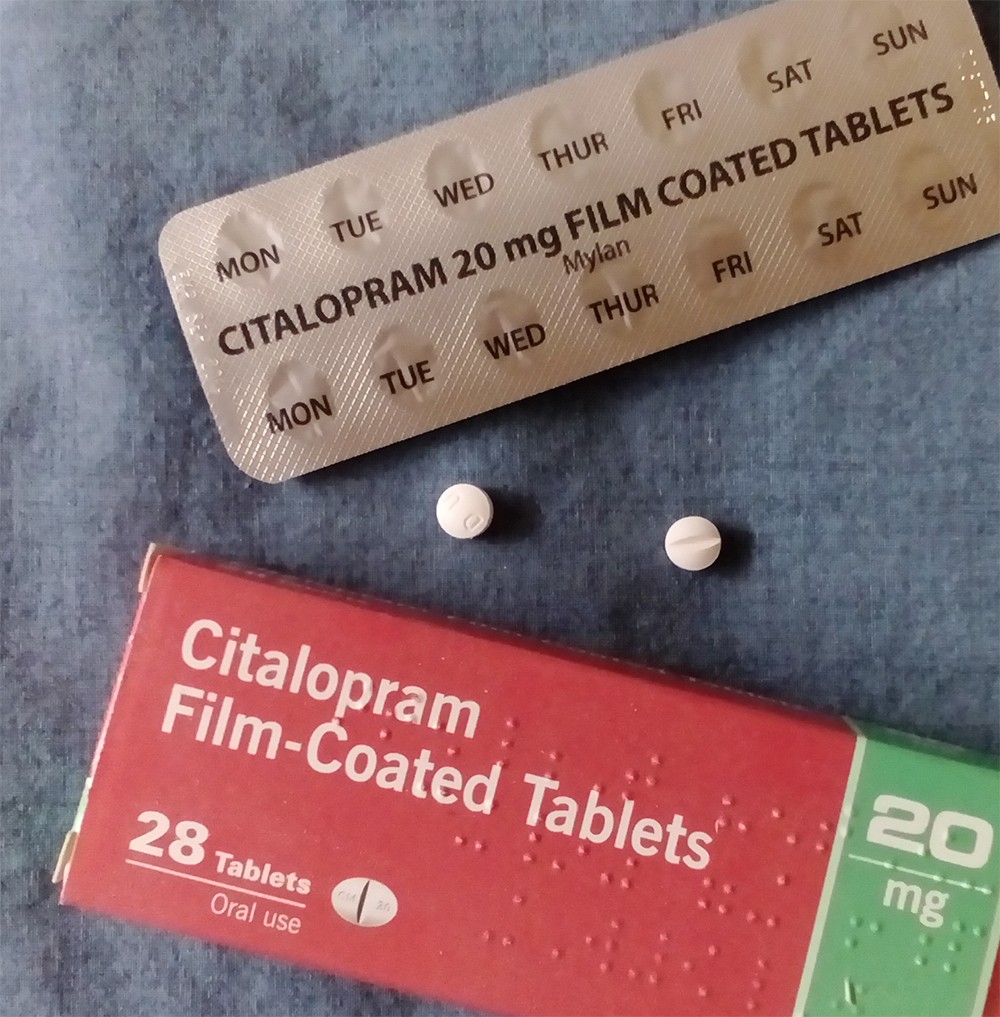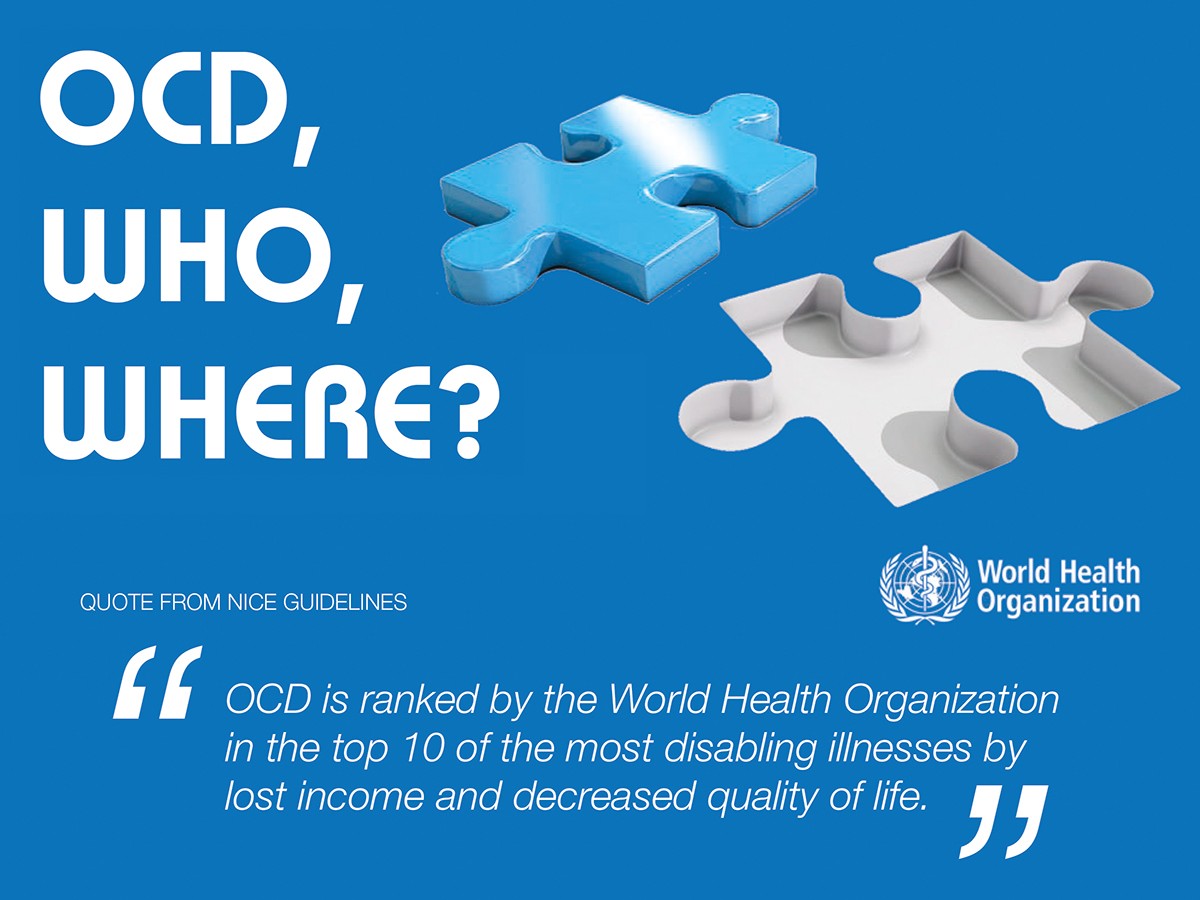 (Brand Names: Celexa, Cipramil)
(Brand Names: Celexa, Cipramil)
The following information is a guide only and you must discuss your medication needs with a trained health professional.
Citalopram, sometimes known here in the UK as Cipramil has been available since 1995.
It’s a mixture of two stereoisomers: R-citalopram and S-citalopram (unlike Escitalopram which is only one enantiomer, s-citalopram). Citalopram is available on prescription in either tablet or liquid drop form which you take with water.
Key Facts:
- It usually takes 4 to 6 weeks for citalopram to work
- Check with your doctor before starting to take citalopram if you are trying to become pregnant, or plan to discontinue it if you’re already pregnant or you are breastfeeding
- Take citalopram once a day. You can take it with or without food
- Citalopram tablets come in different strengths ranging from 10mg to 40mg
- In the United States, Citalopram carries a warning stating it may increase suicidal thinking and behaviour in those under age 24
Medication Information
The following information is a guide only, a doctor may want to try dosages outside these recommended guides.
Form: Tablets or liquid drops. Citalopram tablets come in different strengths ranging from 10mg to 40mg, with 4 liquid drops the equivalent to a 10mg tablet.
When: At any time of day, although recommended you stick to the same time every day. If you have trouble sleeping, it’s best to take the medication in the morning.
Child dose: The usual dose for children is 10mg a day.
Adult dose: The usual dose for adults is 20mg daily, as a single dose, however, it may be started at a lower dose and increased to a maximum dose of 40mg a day.
Older people: If you are over 65, or have liver problems, the maximum recommended dose is 20mg a day.
Half-Life: 35 hours. If you occasionally forget to take a dose, because of the long half-life don’t worry, take your next dose the next day at the usual time. Never take 2 doses at the same time to make up for a forgotten one.Drug interactions: Don’t take St John’s wort, the herbal remedy while you are taking citalopram as this will increase your risk of side effects.
Pregnancy and Breast Feeding: It’s important for you and your baby that you stay well during your pregnancy. If you become pregnant while taking Citalopram speak to your doctor, it’s important not to stop taking your medicine unless your doctor tells you to. Ask your doctor to discuss the potential benefits against potential risks of staying on medication whilst pregnant or breastfeeding so that you can make an informed choice about what is right for you and your baby.
What to read next:
























